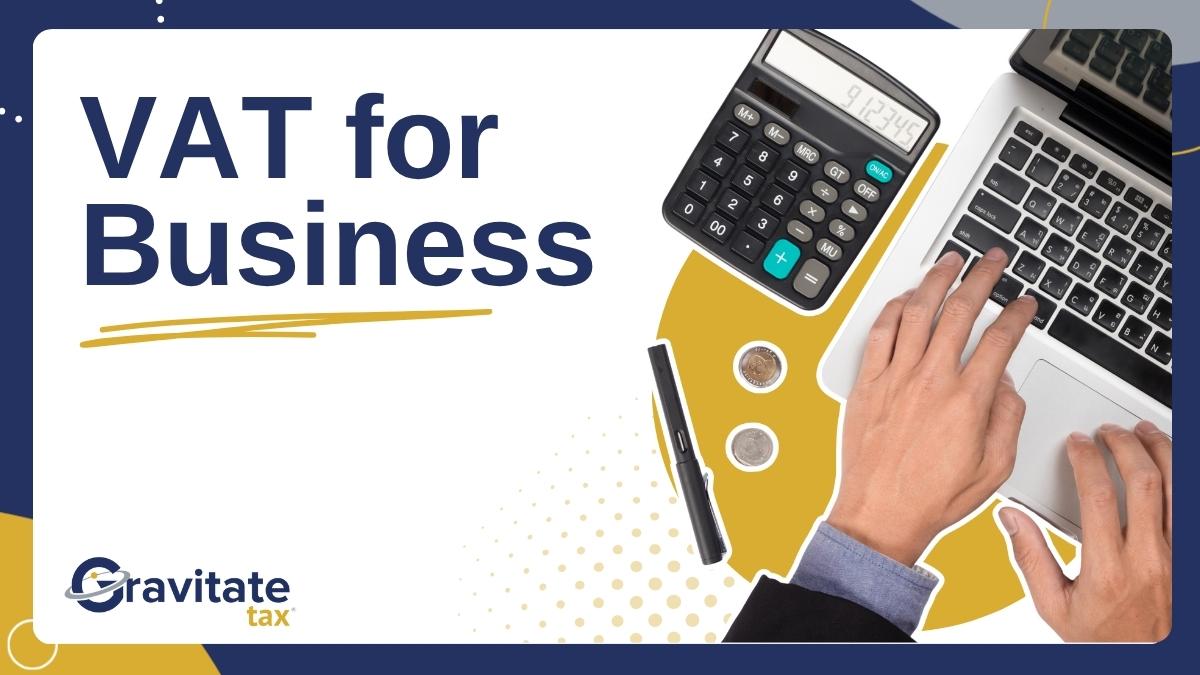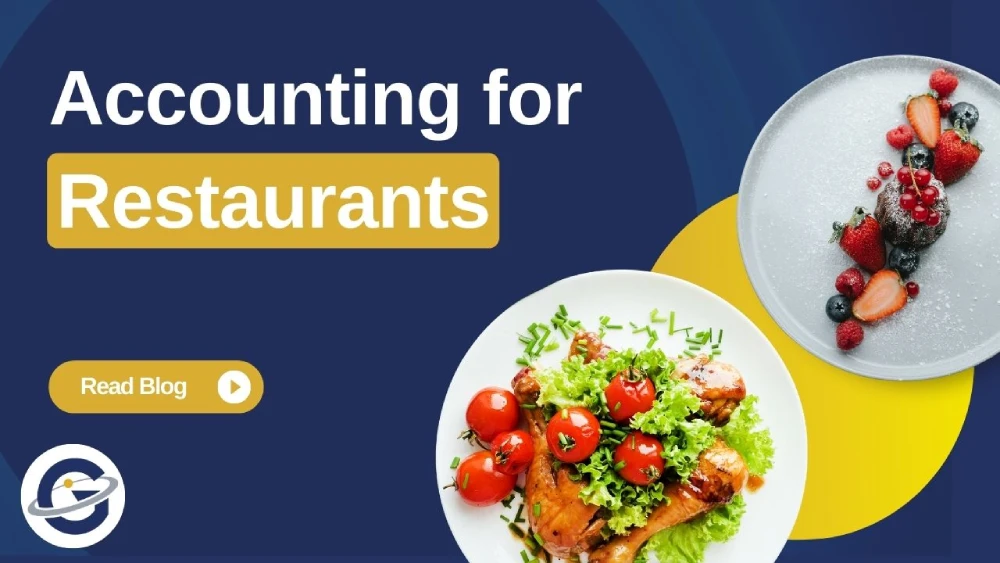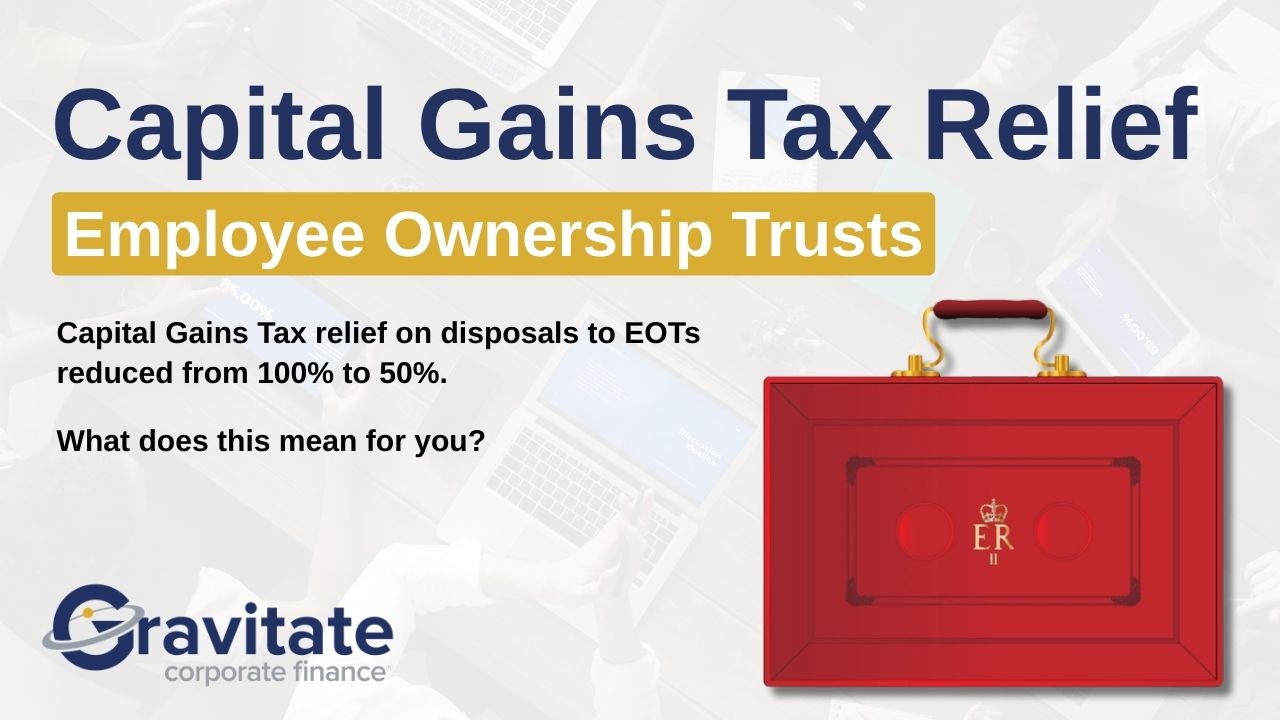VAT is as important as it is confusing. Exemptions, caveats, confusion; that’s the reality of VAT for so many UK businesses. At Gravitate, we can’t make VAT a simple tax, but we can make it easier to understand!
This guide is designed to help businesses understand how VAT works, what you need to do legally (and what you can do proactively) to get VAT right.
Whether you’re a start-up or an established company scaling quickly, a refined understanding of VAT will save you money, time, and countless headaches down the line.
What is VAT?
Let’s start with the fundamentals.
VAT, or Value Added Tax, is a consumption tax charged on most goods and services in the UK. It is a tax on spending, not income or gains. It is typically added on to the price of goods and services at each stage of production and distribution, throughout the entire supply chain.
In simple terms:
- Every business in the supply chain charges VAT on its sales (output VAT, more on that later)
- When you sell them to customers, you’ll also charge VAT
- The key difference (the “value” you “added”) is what is taxed… hence the name.
- The end consumer bears the full cost, while the business handles the admin.
Why VAT is so important to understand
VAT is a hurdle that most growing businesses must overcome, assuming their turnover passes the VAT threshold (see below). Misunderstanding it can cause big problems, both with HMRC and in your cash flow.
VAT can also have a big impact on liquidity. You collect VAT on sales before remitting it, which means you’ll be holding a chunk of cash that technically belongs to HMRC, not you. This takes smart management to get right.
For the wider economy, VAT has become one of the most widely paid of all taxes. It’s hard to avoid and provides a consistent and reliable revenue stream for the treasury.
Input VAT vs Output VAT
Every VAT-registered business will deal with two primary forms of VAT. These are:
- Input VAT: This is the tax that you pay on business related purchases or expenses.
- Output VAT: This is the tax that you charge your customers when you sell them goods and services.
Your VAT position is determined by the difference between these two figures. If your Output VAT is greater, you owe HMRC some cash. If your Input VAT is higher, you get to claim a refund.
Example of Input & Output VAT
Here’s an example of how VAT works in a typical retail supply chain (using hardware as an example.)
- The manufacturer makes a batch of power tools and sells them to a wholesaler for £1000 (+£200 VAT).
- The wholesaler sells the tools to a hardware retailer for £2000 (+£400 VAT). They charge £2400 in total but can reclaim the £200 VAT they paid to the manufacturer, meaning their VAT bill to HMRC is the £200 difference.
- The hardware retailer then sells the power drills to customers for £3,000 (+£600 VAT). The retailer charges £3600 in total but reclaims £400 VAT paid to the wholesaler, making their VAT bill to HMRC £200.
At each stage, VAT is added, reclaimed, and passed along by VAT registered businesses. The government ultimately receives £600 from those businesses, which is the total VAT paid by the end consumers.
What are the UK VAT rates?
This is where VAT can (and often does) get confusing. Not all goods and services are taxed at the same rate. Understanding which rate applies is essential for charging VAT correctly.
What’s the difference between Zero Rated and Exempt for VAT?
There is often confusion about the difference between being Zero Rated for VAT and Exempt. Neither of them involves charging VAT to customers. However, they are very different for accounting and compliance.
- If you sell zero-rated goods, you’re still within the VAT system. You’ll include these sales in your VAT return and can reclaim input VAT on any related expenses.
- If you sell exempt goods or services, you’re outside the VAT system for those transactions. That means you can’t charge VAT or reclaim any VAT paid on costs associated.
This can have a major impact on your VAT returns, reclaim rights, and overall profitability.
VAT Registration in the UK
The VAT registration threshold is a major milestone for growing businesses. It’s a clear signal of growth and success, but also a signal to HMRC that it is now a part of the highly regulated VAT framework.
What is the VAT threshold?
As of 2025, the VAT threshold in the UK is £90,000 in taxable turnover over a rolling 12-month period. This is not tied to a specific tax year; it is tied to any continuous period of 12 months.
Who needs to register for VAT?
Any business that sells taxable goods or services that exceeds the VAT threshold must register. This includes sole traders, partnerships and limited companies.
Regardless of turnover, businesses (or owners based) outside the UK, or ones supplying goods or services to the UK will need to register.
Voluntary registration for VAT (why would you do it?)
Companies can actually register for VAT before they are legally required to (i.e. before their turnover crossed the VAT threshold.)
There are some smart reasons to do this:
- It enables you to reclaim input VAT on purchases and expenses.
- It helps your business look more established, particularly if you have clients who expect VAT invoices.
- If you are approaching the threshold, early registration makes compliance easier, giving you more time to plan effectively.
- If the business makes sales entirely to VAT registered businesses, charging VAT will not impact the customers.
What if your turnover drops below the VAT threshold?
If your business turnover drops below the threshold, you can apply to deregister for VAT. This will simplify your tax obligations significantly, but you should always ensure it makes financial sense for your business.
Please be aware that when a business deregisters for VAT, it may have to pay VAT over on items where Input VAT has been claimed and not sold (i.e. stock, vehicles, computer equipment, etc.)
How to register your business for VAT
Registering for VAT is a simple process on the surface; but there are lots of important considerations and details to be aware of (an accountant with experience in VAT makes life much easier).
- Apply online through HMRC: You can do this online via gov.uk. You’ll need lots of business info, including your CRN, business bank details, info on your Self-Assessment, Corporation Tax and PAYE, as well as your UTR number, business turnover detail and estimated taxable turnover for 12 months.
- Receive your VAT number: Once your application is approved, you’ll get a VAT registration certificate and effective registration date.
- Start charging VAT: Once registered, you must include VAT on all eligible sales and issue VAT-compliant invoices from the date of registration onwards.
- File VAT returns and pay VAT: VAT returns usually need to be filed quarterly and must summarise your sales, purchases and any VAT owed (or to be reclaimed). VAT returns must be filed through compatible software which id digitally linked to HMRC.
Once registration is complete, VAT will become part of your regular accounting systems and processes, so having good systems in place as early as possible pays dividends in the future.
Types of VAT Schemes
To make VAT easier to manage for businesses, HMRC offers different VAT schemes for accounting purposes. Choosing the right one can make a huge impact on cash flow and liquidity.
- Invoice: The standard invoice VAT accounting scheme is the default. You record VAT on every sale and purchase based on the date of the invoice (rather than when they are paid), then calculate the difference for your VAT returns. Robust tracking and bookkeeping is essential.
- Flat Rate Scheme: Small businesses (turnover <£150,000 excl. VAT) can apply to pay a simple, fixed percentage of total turnover to HMRC in place of standard VAT. Whether this is a good idea depends upon what VAT you would normally pay, and the value you would gain from reclaiming.
- Cash Accounting: You pay VAT only when customers pay you and you claim back input VAT when suppliers are paid, not when the sales or purchase invoice is dated. This helps protect your cash flow, especially if you deal with late-paying clients.
- Annual Accounting: You file just one VAT return per year, making smaller payments throughout the year based on estimates. At year-end, you make a final adjustment to make up for any discrepancies in totals.
If you aren’t sure which is best for you, we strongly recommend speaking to an accountant who understands the intricacies of VAT. Getting this right can be hugely valuable; getting it wrong can be costly.
VAT Returns and Filing
Your VAT returns are a summary of VAT activity over a specific period. They show the amount of VAT your business has charged, how much you have paid, and how much you owe/can reclaim from the taxman.
How often do you need to submit VAT returns?
Most companies file their VAT returns on a quarterly basis, though it is possible in some circumstances to file annually instead. Late submissions can trigger penalties, so it’s best to set reminders or, better still, automate the process using accounting software.
What is included in a VAT return?
A standard VAT return will include the following information.
- Your complete sales and purchase figures
- All VAT charged on sales or paid on purchases
- Any adjustments for credit notes or bad debts
- The final amount of VAT to pay (or reclaim)
Your books must align with these figures, and any inconsistencies will be flagged by HMRC.
How long do you need to retain VAT records?
Businesses must retain accurate Vat records for at least 6 years, but it is a good idea to make it longer if you deal with long-term contracts. HMRC can request records for inspection as part of routine audits.
Making Tax Digital for VAT
In the UK, VAT returns must be compliant with Making Tax Digital. This initiative means businesses must now keep digital VAT records and file returns through approved compatible software, such as Xero, QuickBooks or Sage.
The good news is that this approach improves accuracy, reduces paperwork and admin time. Transitioning to digital VAT filing may require some setup time, but once in place, it significantly simplifies compliance and reporting.
How VAT affects your pricing and profit margins
VAT has a direct and significant impact on the pricing structure of VAT registered businesses.
- B2C Businesses: It is a generally accepted best practice to display VAT-inclusive prices for transparency purposes. Customers won’t like a sudden 20% jump in price at checkout.
- B2B Businesses: VAT exclusive pricing usually makes more sense because customers/clients will usually be reclaiming some of the VAT themselves.
Not planning your pricing correctly for VAT can potentially cause under-pricing and lost profit, or over-pricing and lost customers.
VAT is not a cost to absorb; it is a tax to manage efficiency.
Getting VAT right for your business
VAT returns shouldn’t distract you from running and growing your business, but it often does. Tracking input and output VAT, staying compliant, and hitting deadlines can easily become a full-time job, but it doesn’t have to be.
Gravitate clients get dedicated specialists who act as an extension of your team, automating your VAT calculations, ensuring timely submissions, maximising any refunds or reliefs and keeping your records audit-ready.
Our technology-led approach means fewer errors, smarter reconciliation, and ongoing reviews to make sure you’re always on the most efficient VAT scheme for your business.
If you need assistance with your Business VAT, send us a message today.

.png)


.png)

.png)
.png)

.png)
.png)
.png)













.png)
.png)
.png)

.png)
.png)

.png)















.jpg)

.webp)
.png)

.svg)
